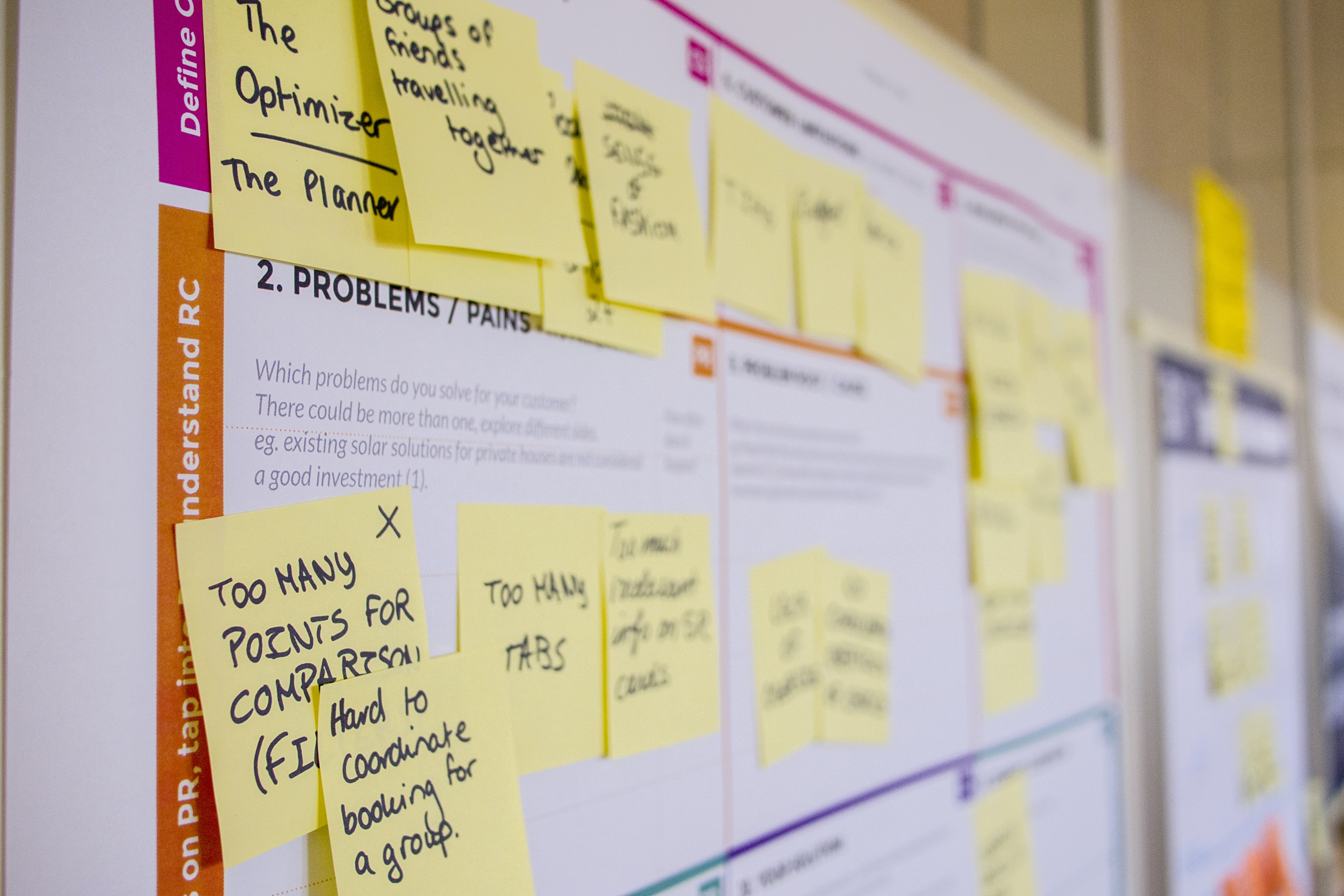Earlier this month, Unilever New Zealand announced that they were going to trial a four-day work week for one full year. This initiative isn’t a novel one. In various organisations around the world, a four-day work week has already been tried and tested. For instance, Microsoft Japan tried it out in 2019, and found promising results that despite time at work being shortened, productivity actually improved by almost 40%.
The move toward a four-day work week has been proposed as a means to improve work-life balance for employees and prevent burnout. The discussion has become particularly pertinent this year due to the COVID-19 pandemic. With work routines getting disrupted and many employees working from home, the world is entering a new normal of remote working arrangements.
Earlier this year, Member of Parliament Mohamed Irshad suggested that the nation build upon this trend and move away from a typical five-day work week. He suggested that this can be done in the form of a four-day work week, allowance to work-from-home, or a flexi-hours work model. He also cited how New Zealand’s prime minister, Jacinda Ardern, had endorsed such arrangements in a bid to boost domestic tourism and help employees address persistent work-life balance issues.
The layman seems to concur; a survey commissioned by The Straits Times discovered that 80% of employees preferred working from home or having flexible working arrangements.
But as much as these arrangements sound attractive, are they feasible in reality?
Well, I took it upon myself to find out; after getting the green light from my boss, I tried working on flexible hours for one week to see what worked, what didn’t, and whether such arrangements are actually beneficial.
Typical work week

Due to the pandemic situation, I was already working from home two days a week (Tuesdays and Thursdays). However, the nature of my job means that flexibility in hours has its limits; we were expected to cover breaking news stories every morning before 12 p.m., and had thrice-weekly meetings in the afternoon on days when we were in the office. (These reasons are also why we proceeded with a flexible working schedule arrangement as opposed to a four day work week).
The understanding was that while I would no longer be restricted by fixed hours, I was still expected to meet my deadlines and attend meetings with the team or clients when necessary.
Nevertheless, I was determined to make full use of this luxury afforded to me for the week. Thus, I started my one-week experiment.
Monday
It was an office day today and our daily breaking news stories meant that I had to start work at 9 a.m. sharp. For the first half of the day, it wasn’t much different from a typical work day. However, I did take some liberties to relax after lunch and idled some time away on social media.
Given that our afternoon meetings are at 3.30 p.m., it also didn’t make sense for me to leave the office early. The day thus proved to be a fairly normal one despite the small respite I got in the afternoon.
I did, however, have to pay for that respite later in the night as I still had deadlines to meet and stories to finish writing.
Tuesday
Given that Tuesday is a work-from-home day, I wanted to make full use of the flexible work arrangements. After finishing my daily news stories in the morning, I took the time to cook myself brunch before resuming work.
Personally, I’ve found that afternoons are the worst times for me to work due to the post-lunch slump. I thus decided that instead of wasting time fighting the afternoon fatigue, I would just take a nap and resume work in the evening when I’m most productive.
This proved to work well for me; I took a short power nap in the afternoon, and resumed work feeling refreshed. I later continued to work during the night as I still felt focused enough to continue.
Wednesday
Wednesday went by slightly differently as I had back-to-back shoots to attend the first half of the day. Regardless, it was pretty much a full day of work after as I still had to be present for the 3.30 p.m. meeting in the office.
The shoot also meant that I had to work later in the night to catch up on my deadlines despite having worked normal office hours for the day.
Thursday
Since Thursday was a work-from-home day, I once again decided to follow Tuesday’s plan since it worked so well for me. I worked primarily in the morning and later in the evening, and spent my afternoon unwinding.
Friday
With Friday being an office day, it went by fairly similar to that of Monday. Since I was already in the office, it just made more sense for me to focus on doing work during office hours instead of bringing more work home for the weekends.
So…is it feasible?

As much as I wanted to make full use of the flexible working hours for the week, I found that it was difficult to modify my schedule particularly since all other stakeholders (my colleagues and external clients) I was working with still operated on normal working hours. This, on top with the daily demands of my job which required me to be online every morning, meant that the amount of flexibility I had was severely limited.
Instead, this arrangement would likely be more feasible for jobs that are more project- or task-focused as opposed to those that call for a day-to-day routine.
Additionally, a flexible schedule might end up being counterproductive as it could interfere with an employees’ right to disconnect. Without a fixed duration of when employees are obligated to be working, they might need to remain connected at all times to ensure that they can be reached if necessary. This is especially so if the employee is working in a role that requires coordination across different time zones, departments, or organisations that might be operating on different hours. Without clear boundaries in place on what constitutes ‘work time’ and ‘free time’, work-life balance might therefore end up being compromised rather than salvaged.
Ultimately, implementing a flexible working schedule will also be an exercise of trust between employer and employee. Employers will have to take a leap of faith to believe that their staff are self-starters and have the discipline to execute their tasks with minimal supervision. Likewise, employees under a flexible working arrangement need to have the self-discipline to ensure that work gets done, regardless of the hours.
But is it worth it?

Personally, I welcome the flexibility.
Even though the nature of my job didn’t allow for a fully flexible schedule, I still appreciated the option of being able to take some time off to relax when I didn’t have any pressing deadlines. Afternoon naps were a luxury that I sorely missed upon entering the working world, and getting to enjoy that once again was wondrous, to say the least.
Admittedly, having a flexible work schedule isn’t really a priority for me as a fresh graduate without any dependents; with no one to answer to but my supervisors (and my own sanity), I can afford the time to hustle regardless of the hours. However, I can imagine that such an arrangement would be welcomed by caregivers and young parents.
Even so, there needs to be guidelines set in place even if the hours granted are flexible. Regardless of whether this comes in the form of how many hours employees are expected to clock in a day, or which tasks need to be completed within the week, there needs to be a clear understanding between employers and employees on how much they are required to devote to the company.
At the end of the day, having a flexible working schedule is most definitely not for everyone. There is no one-size-fits-all arrangement that will benefit both the company’s bottom-line and employees’ well-being across different organisations and industries. While a four-day work week might have proven to be successful in organisations like Microsoft, it would not be feasible in a media company like ours. Likewise, a flexible working schedule might work for certain firms but not others.
Is it then a lost cause?
Not necessarily.
Similar to how the Ministry of Health urged all residents to adhere to the spirit of the Circuit Breaker guidelines during the peak of the pandemic, the same applies in this situation.
It’s less about the regulations set in place, but rather, an initiative that both employers and employees can take to find a balance both parties can be content with.
Join the conversations on THG’s Facebook and Instagram, and get the latest updates via Telegram.












